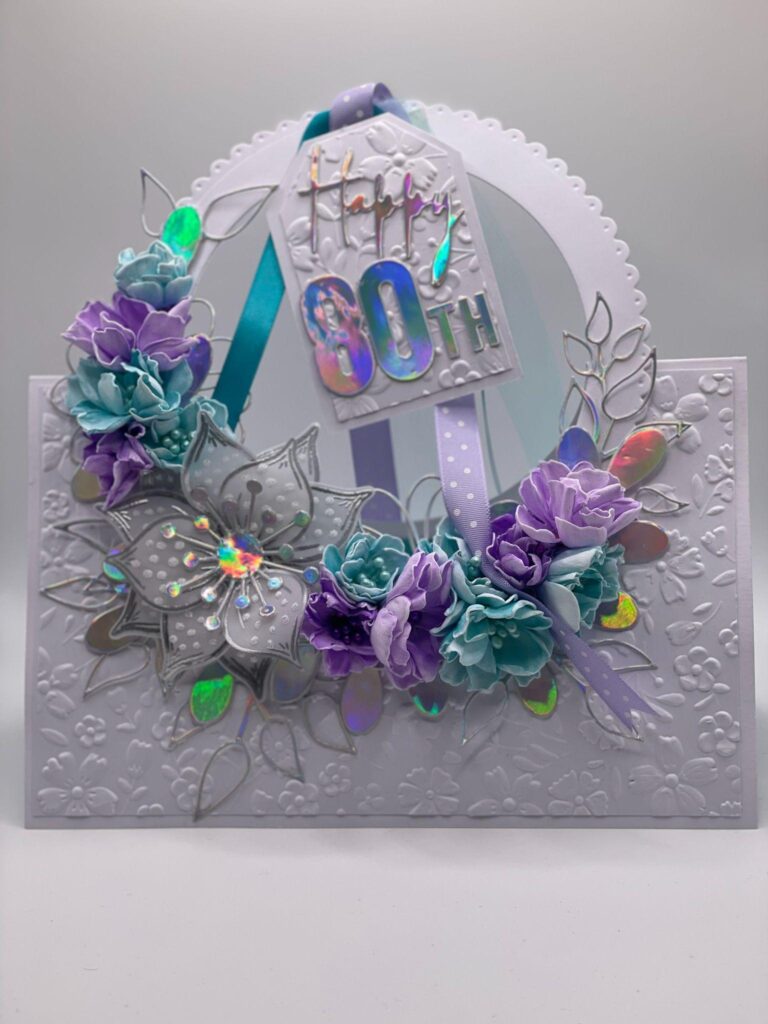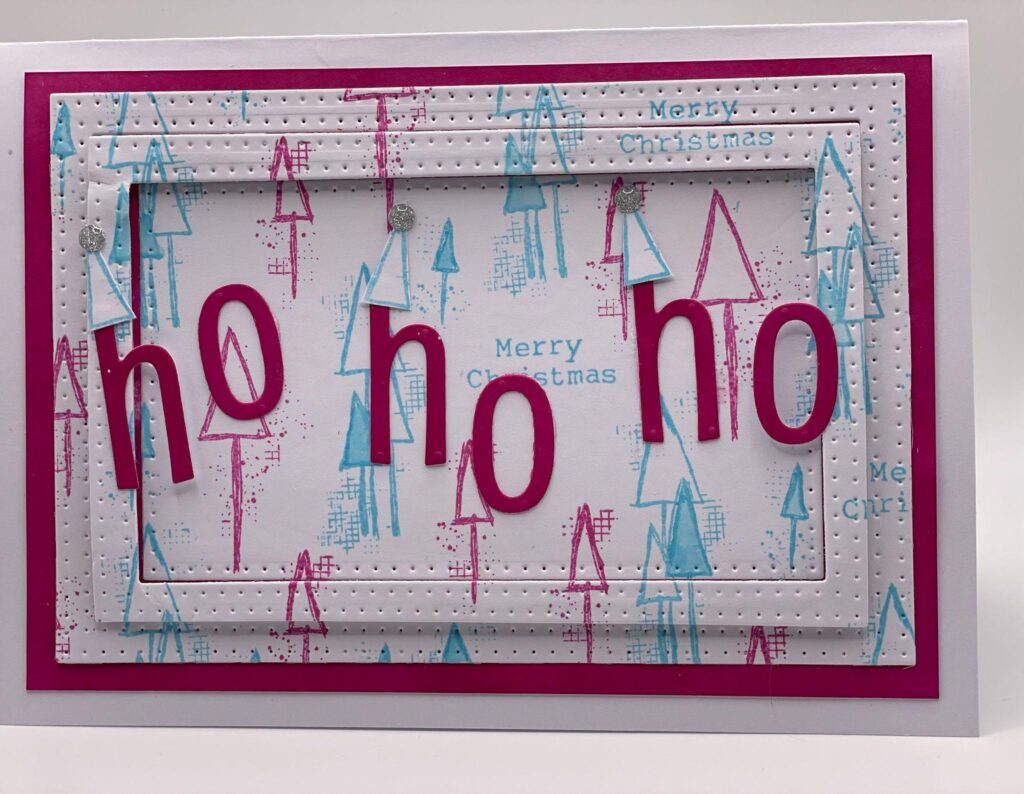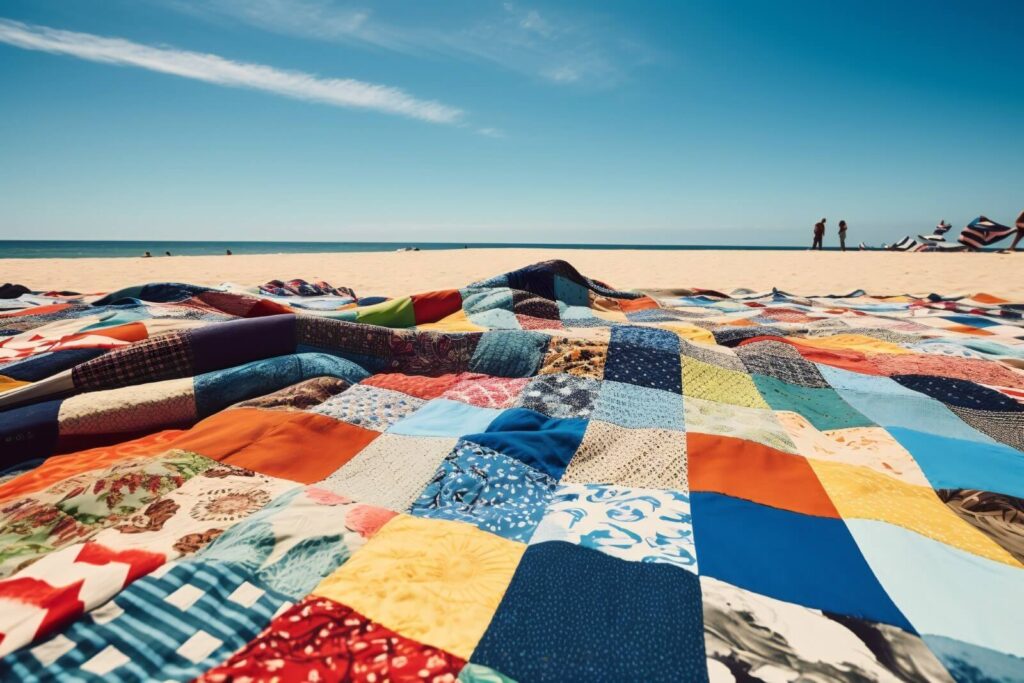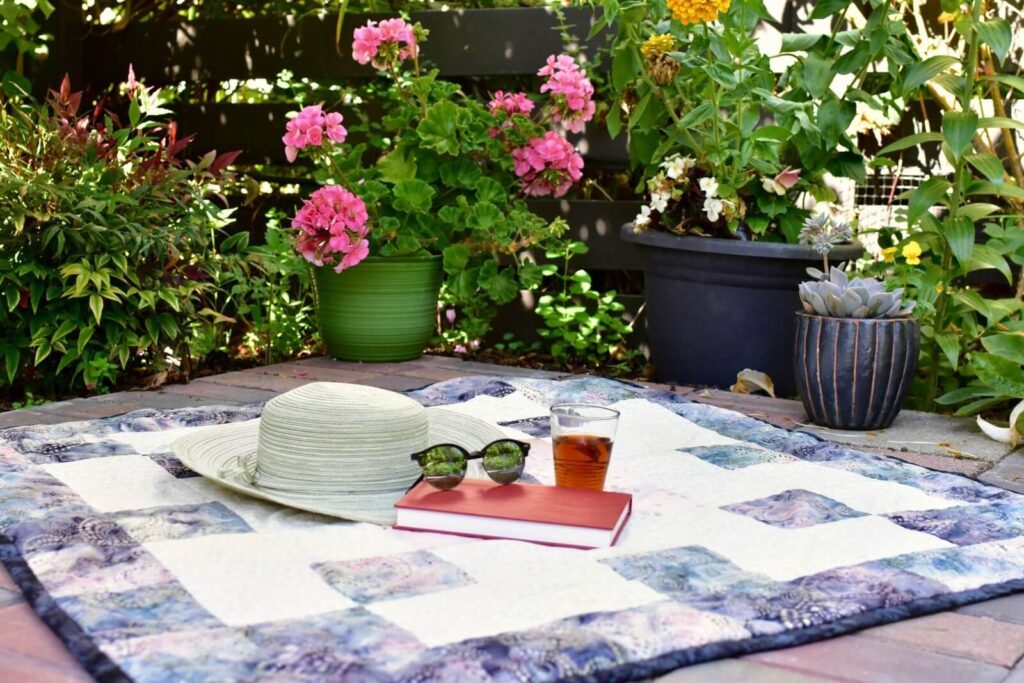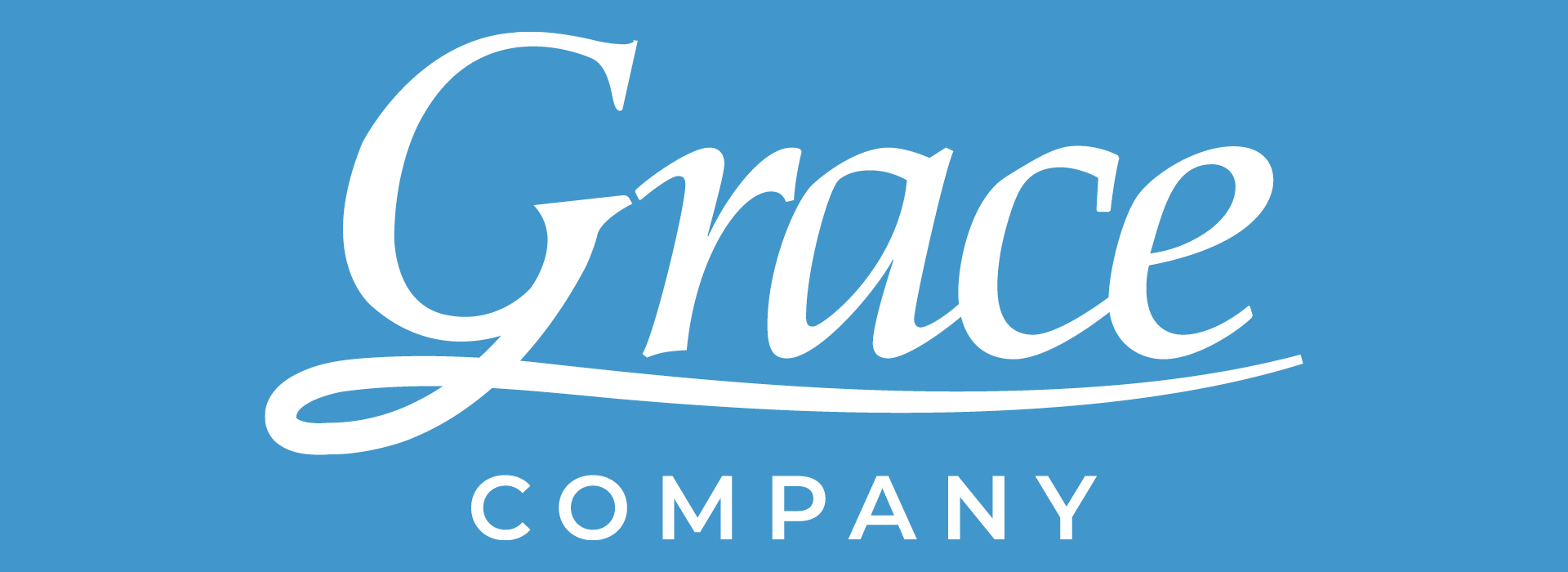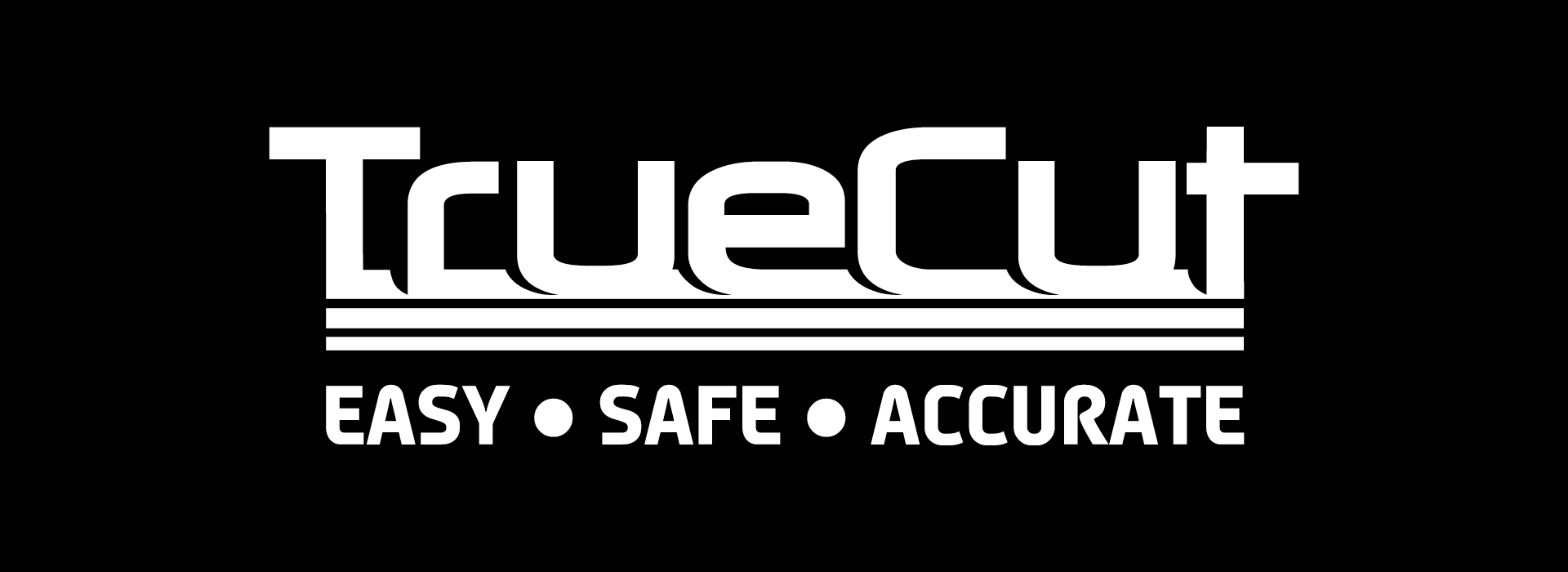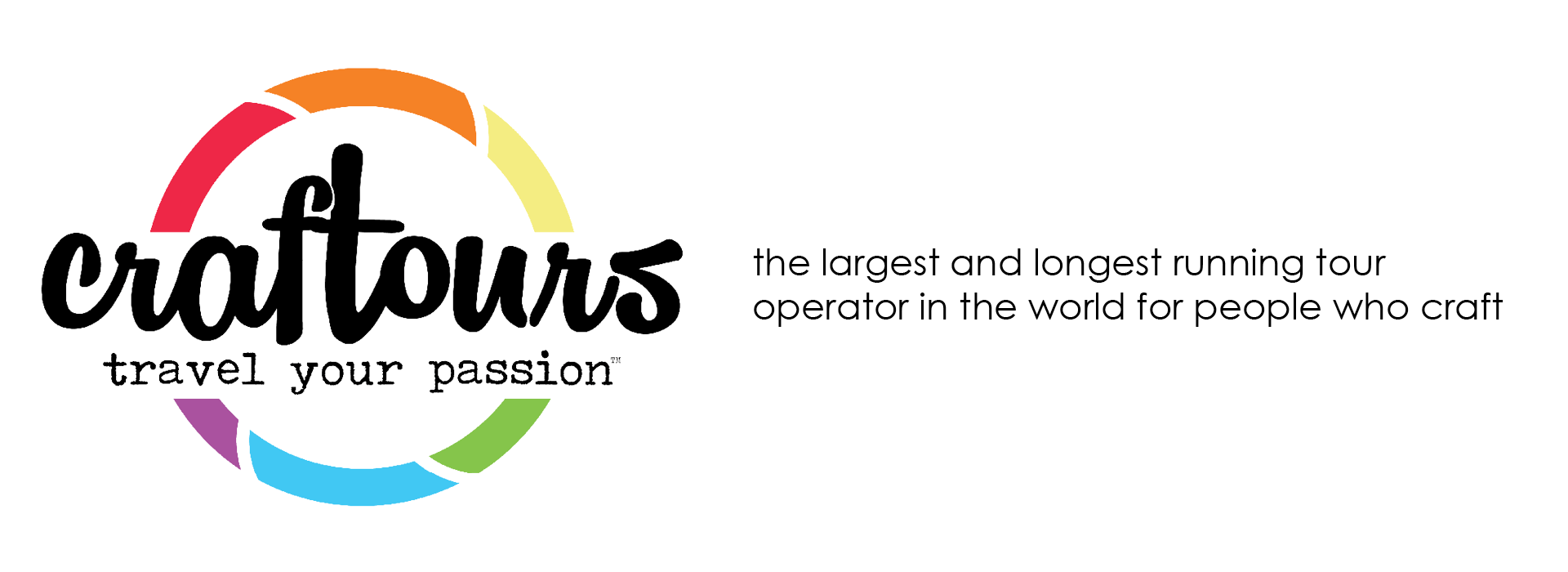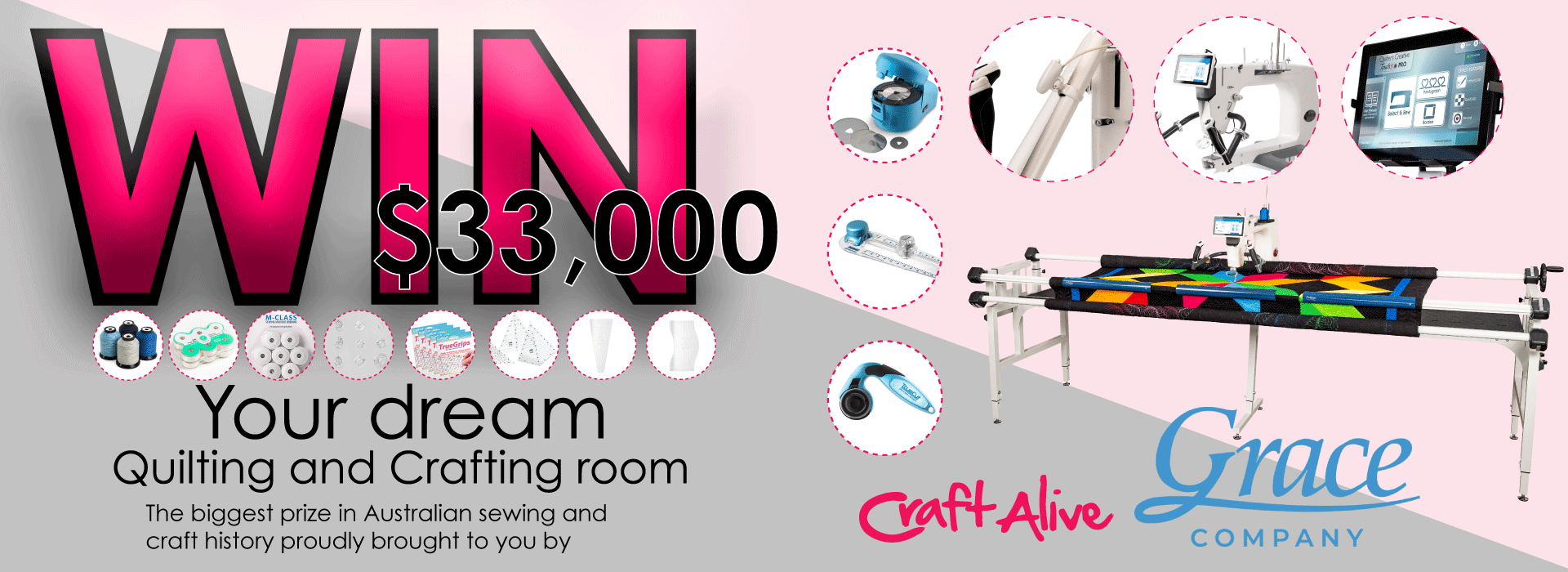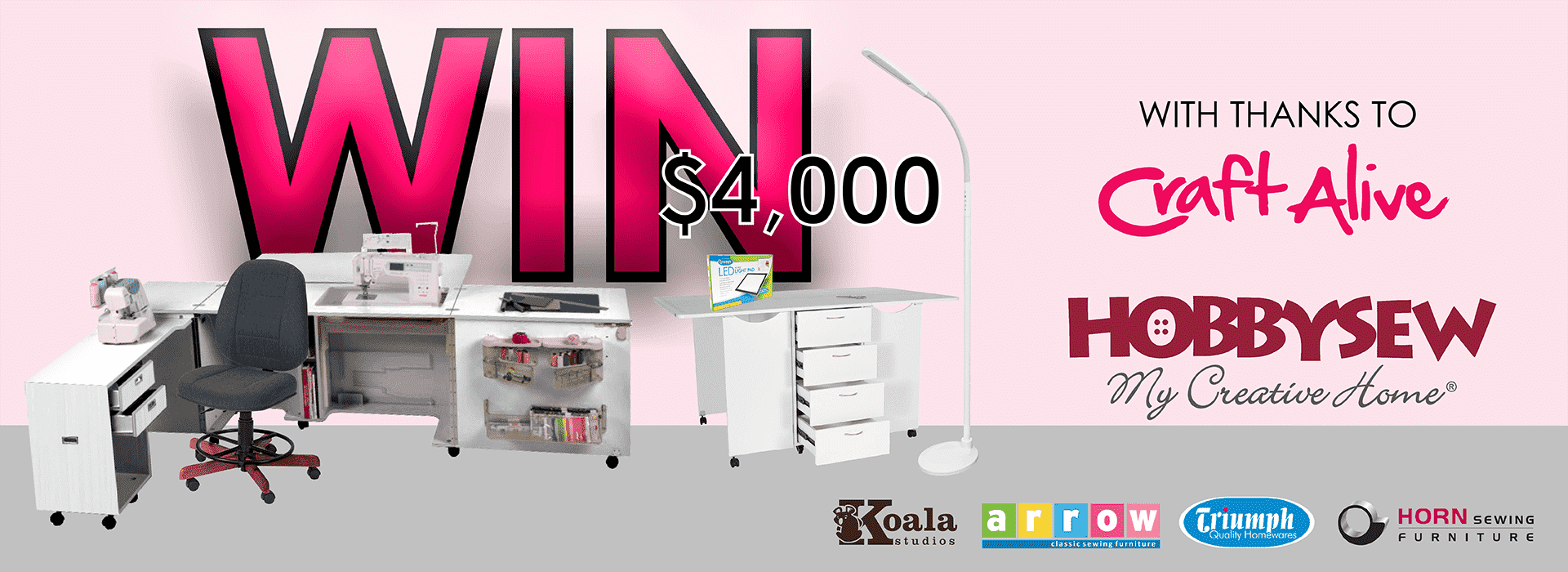Hello, to begin with, let me introduce myself. I am Maru, a quilter for about 15 years, and for the last 6 years I have been totally addicted to fabric collage. I am also a Laura Heine Technique certified fabric collage teacher.
Before I start, I need to let you in on a little secret, this is my first blog, so bear with me and let me know if I can be of further help.
Collage is a technique that most of us learn from kindergarten. We cut out pretty pictures from magazines and glued them on a piece of cardboard to create another picture or design. Well, fabric collage follows the same principle of cutting and gluing fabric but here we use a pattern, and we need a little more than just glue to bring it all together. Don’t let anyone tell you that it’s too difficult because it’s not!
Collage quilts are made from cutting small fabric motifs and adhering them to a foundation fabric following the pattern instructions.
Being a Laura Heine certified teacher, I use Laura’s patterns. Her range of patterns is huge and vary from being very easy to more complicated ones. In saying that, once you make your first collage and get comfortable with the overlaying technique, you’re well on your way and can make any other collage. I just recommend that you start with a simpler one while learning the technique.
Fabric collage makes you look at fabric with very different eyes. You start to focus on the patterns and motifs within a piece of fabric rather than on how you might use it as a complete piece. You start to see potential eyes, tails, feathers, animal shapes, internal fabric motifs that look like seaweed and kelp, grasses and rocks, caterpillars or dragonfly wings and all the other wonderful shapes you can create with a piece of fabric.
Fabric collage is relatively easy but there are some simple guidelines and steps to follow. Also colour theory is very important.
Let’s start with fabric choices and colour.
Choosing Fabric for Your Collage
Making a collage quilt is no different than making a pieced quilt. It’s your collage and since you are not working with a Laura Heine kit, your collage is going to be different and unique because you will be choosing the fabrics.
In saying that, there are some basic rules and guidelines when making your fabric choices and these are:
- Colour
- Scale
- Pattern
- Quantity
- Colour
In collage, the more colour the better and multiple colours are even better again. Pick colours that go well together. Look at the value range in your fabric. If the fabric has one value ie. is visually flat, pick fabrics with value from light to dark, patterned batiks are a good example of prints with multiple values. Look at the collage pattern you have chosen to make and the colours Laura used in the sample picture of the finished collage. Pick similar colours, however, they don’t have to be the same, for example, if her elephant leg is pink and you wish to make it purple, purple it is!
Strong, bright colours are preferable as you want your work to be bright and happy. Multiple colours are better. Again, look at your pattern and decide what colours you wish to use. If you are attracted to a particular colour then use it, however, there needs to be a variety of colours. You cannot make the whole collage in one colour, for example, if you are making the elephant, you need at least two different colours for the legs. If you choose all the same colours (for the legs) whether is pink, yellow or purple, there’s going to be a mass of colour and no distinction between the different legs. It’s ok to have 2 pink legs, but there must be a blue or green or purple (your choice) in between.
- Scale
Scale refers to the size of the repeated image (how large or small). Fabrics with motifs in different scale are the best as you can make use of all the prints on the piece of fabric.
Pick fabrics with all different scale sizes. 1” to 5” in size is a good start. Larger scale fabrics are also good as you can always cut them down to the required size, for example, if the flower is about 5” in size and you only want a 3” flower you can cut it down to your preferred size.
- Pattern
Pattern refers to the pattern on your choice of fabrics. It is extremely important to pick fabric with floral patterns. Natural patterns such as flowers, leaves, insects and sometimes a quirky pattern is also good to add some uniqueness to your project. For example, I hid a rabbit in between the flowers in one of my projects.
Fabrics such as Tula Pink, Jane Sassaman, Kaffe Fasset are great but you cannot make the whole project with just Tula or Kaffe prints, as these fabric tend to be very much the same style. If making the sewing machine collage, prints with scissors, pins etc can add to making the collage more relevant and interesting. In summarising, you need fabric that have lots of ‘cut-able’ different sized flowers and leaves (motifs) and a variety in your choice of colours.
- Quantity
Variety is more important than quantity. You only need approximately a fat 1/8 or less of each fabric and at least 20 different fabrics in a variety of colours and scale.
If the background of your collage pattern calls for a collage background, you need 5” and 10” squares of low volume fabrics for the background and enough to cover the whole collage. This depends on the size of your pattern. If your background is not collaged, you need enough meterage of the one low volume fabric for the size of your collage, usually no more than a metre. Refer to your pattern for the requirement.
Again, look at your pattern of choice and the different patterns, scale and colours Laura used and be guided by her choices.
Materials needed
- A pattern
- Sharpie
- Small sharp scissors such as Karen K Buckley blue scissors
- Pattern trace, or pattern ease.
- Steam-A-Seam 2 (not light)
- Fabric Fuse (only needed if you are using one fabric for background)





Collage Technique Instructions
- Using the Sharpie, trace your pattern onto the pattern trace material. (Put your pattern away.) It is very important that ,at this stage, you decide if you are going to use one solid fabric or multiple different fabrics for your background. If using multiple fabrics for the background, you need to leave enough of the pattern trace around the traced design, so it matches the desired size of the finished collage. You will fuse the background fabrics to it later.
- Sort out your fabrics. Separate the motifs from the background fabrics. Make sure you have a good selection of large to small motifs and darks to lights in your chosen colours. Four (4) colours are ideal.
- Once you have chosen your fabrics, put all other fabrics away to avoid an overwhelming pile of fabrics.
- Fuse all the selected motifs to the Steam-A-Seam-2. Do not fussy cut the motifs before fusing. Make sure you use an applique pressing sheet to avoid the glue sticking to the iron.
- Cut out your motifs and sort out by color and size.
- Start placing your motifs on the trace pattern. DO NOT IRON
From this point, the instructions vary depending on whether you are using a single fabric background or a multiple fabric background.
Once you finish your collage you then need to iron with steam to permanently fuse the motifs to the pattern trace.
- Cut out your collage.
- If you are using one (1) single fabric for the background, you can then glue the collage onto the background fabric.
- If you are multiple fabrics for your background DO NOT IRON your collage
- At this stage you need to fuse all your background fabrics with Steam –A- Seam 2
- Lift your collage and place your background fabrics under your collage and surrounding backgrounds.
- Press your collage with steam and now you are ready to quilt it.
To conclude I hope the information on this blog is informative and helpful. If you have a question or need information on my ‘hands-on’ workshops, I can be contacted at:
ma**@********************er.com
Happy collaging, enjoy the journey!
Maru x
You can purchase patterns and supplies at
www.materialgirlsdownunder.com






